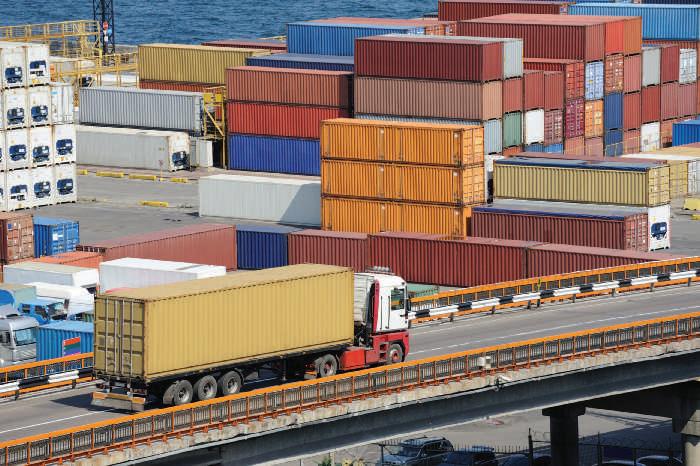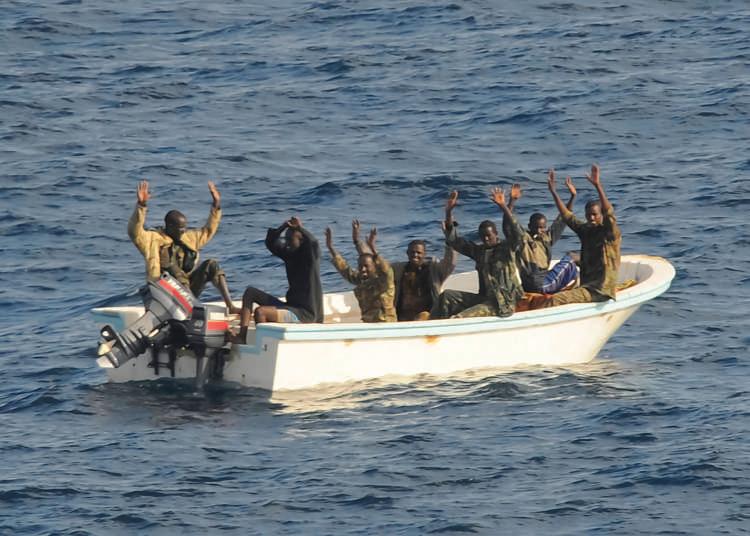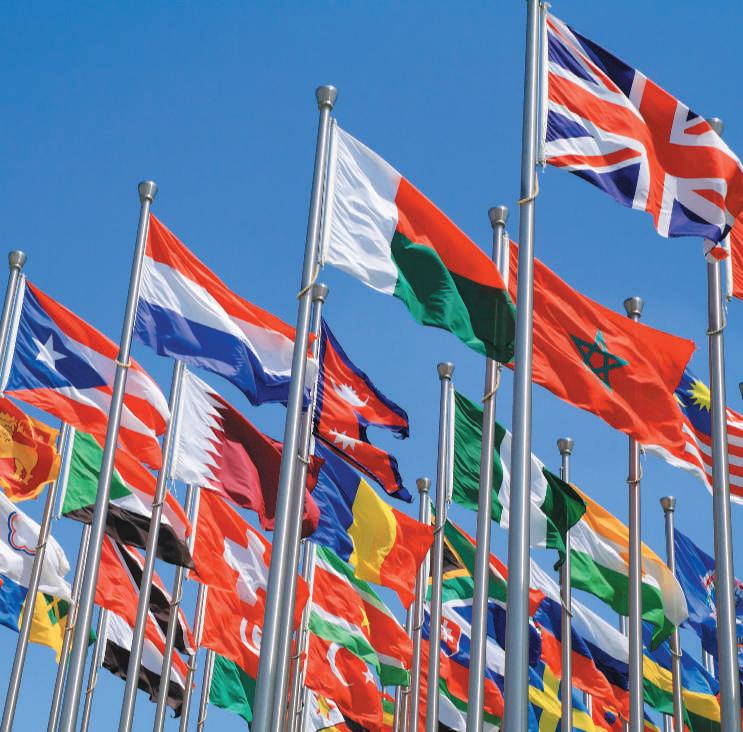64
C h a p ter 3 R e g ional E conomic I nte g ration
of economies of scale in production and enhancing demand for their specialized products in global markets. American economist Paul Krugman received a 2008 Nobel Prize for his insights on how economic geography affects international trade; for example, that free trade, (and, therefore, globalization) increased in the 19th century based on the theory of comparative advantage. In the 20th century, transportation costs decreased (e.g., use of railroads and container ships eliminated costly reloading) so much that trade in goods manufactured at home—beer, computers, or cars—made economic sense. Where transportation costs have decreased, companies have been able to increase economies of scale and specialization of production. Increasingly, sophisticated buyer–supplier networks in major world regions are becoming a key feature of the globalization process.
3-2a Steps to Regional Integration One question often asked is: Can relatively small, poor countries benefit from the same economic forces that have transformed regions like Asia or Europe? If so, how? Individually, these small countries may not have efficient institutions, governance, policies, skilled workers, or the ability to sustain suppliers and complementary services. Regional integration could help overcome this challenge. The primary problem is to identify the roadblocks to regional integration so that appropriate institutions and policies can be put in place, which would eliminate the roadblocks and lead to economies of scale and specialization of production. Lowering or eliminating trade barriers between neighbors is important to achieving this goal. Yet, regional integration is more than just cross-border trade liberalization. As the WDR emphasizes, a number of steps (such as regional infrastructure enhancement and labor market liberalization as a way to increase supply efficiently and move toward increasing demand in the global marketplace) must be taken. More specifically, the appropriate approach for countries could include the following three fundamentals: start small, think global, and compensate the least fortunate. 3-2a-(i) Start Small Regional integration should have clear goals and initially address a narrow, well-defined area of cooperation in which the costs and benefits are easily defined. For example, today’s European Union started with an agreement called the “European Coal & Steel Community” in 1952. This initiative was started soon after World War II by six founding members who felt that the best way to avoid future wars within Europe was to increase cooperation between coal and steel production companies—which were regarded as “basic industries” and the major ingredients used in producing arms used in wars during that time. 3-2a-(ii) Think Global Regional integration should not create unconnected or isolated countries. Instead, it should help countries gain access to world markets that they may not have access to otherwise. While larger countries may be able to choose between global integration and regional or bilateral (between two countries only) integration, small and landlocked countries need regional integration in order to achieve economies of scale, efficiency, and global integration. For example, shared transportation hubs or carriers (e.g., TACA airlines in Central America) could give access to previously unreachable world markets. 3-2a-(iii) Compensate the Least Fortunate Concentration of economic activity generally follows regional integration, because firms will want to specialize by increasing the scale of production in fewer places. This is an inevitable and desirable part of the regional integration process and will lead to increased efficiency and competitiveness; however, it also means that some regions will gain more than others, at least initially. As people migrate to the efficient regions, they will spread their benefits by sending remittances home. However, explicit compensation programs may be required to ensure access to social services and basic infrastructure in lagging areas. For example, the eight-member West African Economic and Copyright 2017 Cengage Learning. All Rights Reserved. May not be copied, scanned, or duplicated, in whole or in part. Due to electronic rights, some third party content may be suppressed from the eBook and/or eChapter(s). Editorial review has deemed that any suppressed content does not materially affect the overall learning experience. Cengage Learning reserves the right to remove additional content at any time if subsequent rights restrictions require it.







































